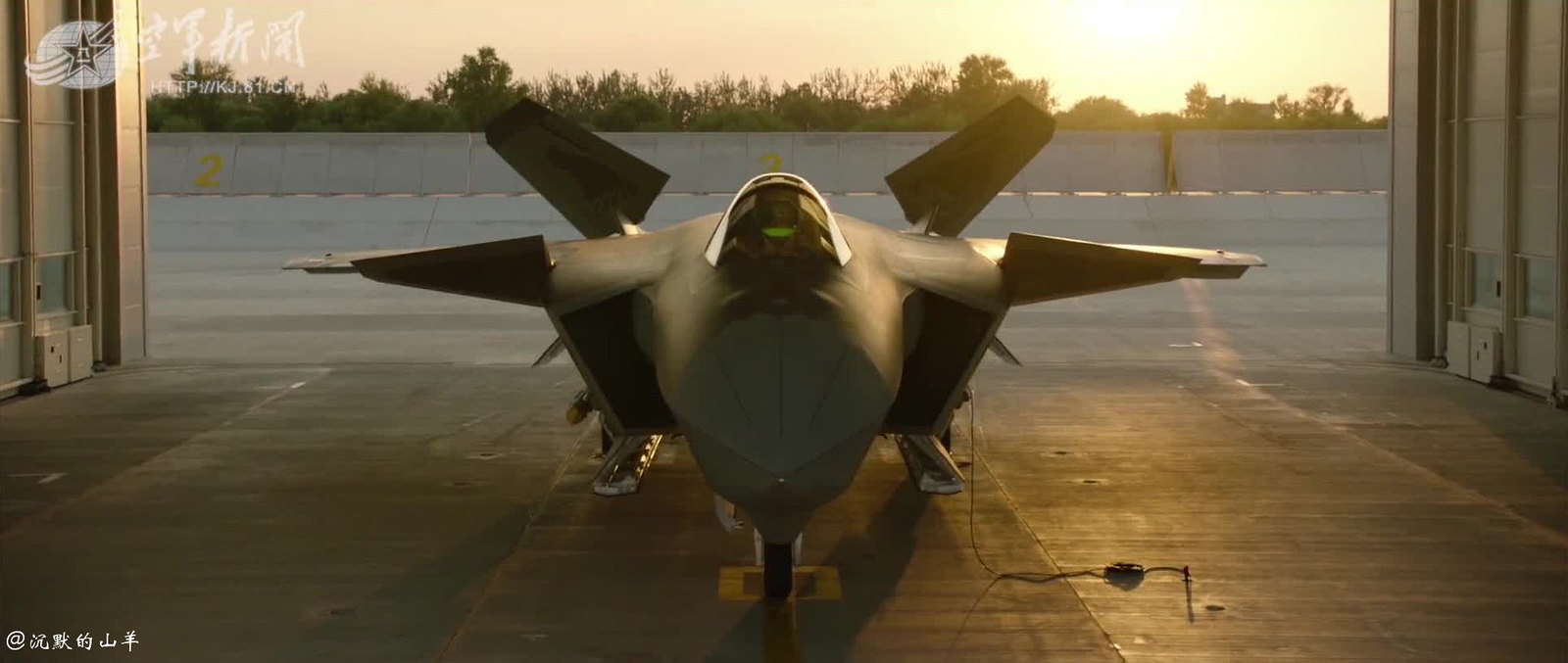Brumby
Major
I think you misunderstood 'flight' as 'aircraft'. A flight is 4 aircraft.
So the squadron must be 2-4 flights or 8-16(+ reserves) aircraft.
8-10 of such flights with additional training and reserve units must form a brigade.
USAF fighter squadrons are anywhere from 4-6 squadrons.(+2 reserve aircraft) for a total of 18-26 aircraft.
The problem is in the translation of the word "队". The vernacular meaning is not "squadron:" but a "unit" or "section" but the numerical number associated with that word is subject to the context in usage. The relationship in sizing in that example is differentiated though the words "中" and "大" which means "medium" and "large".







